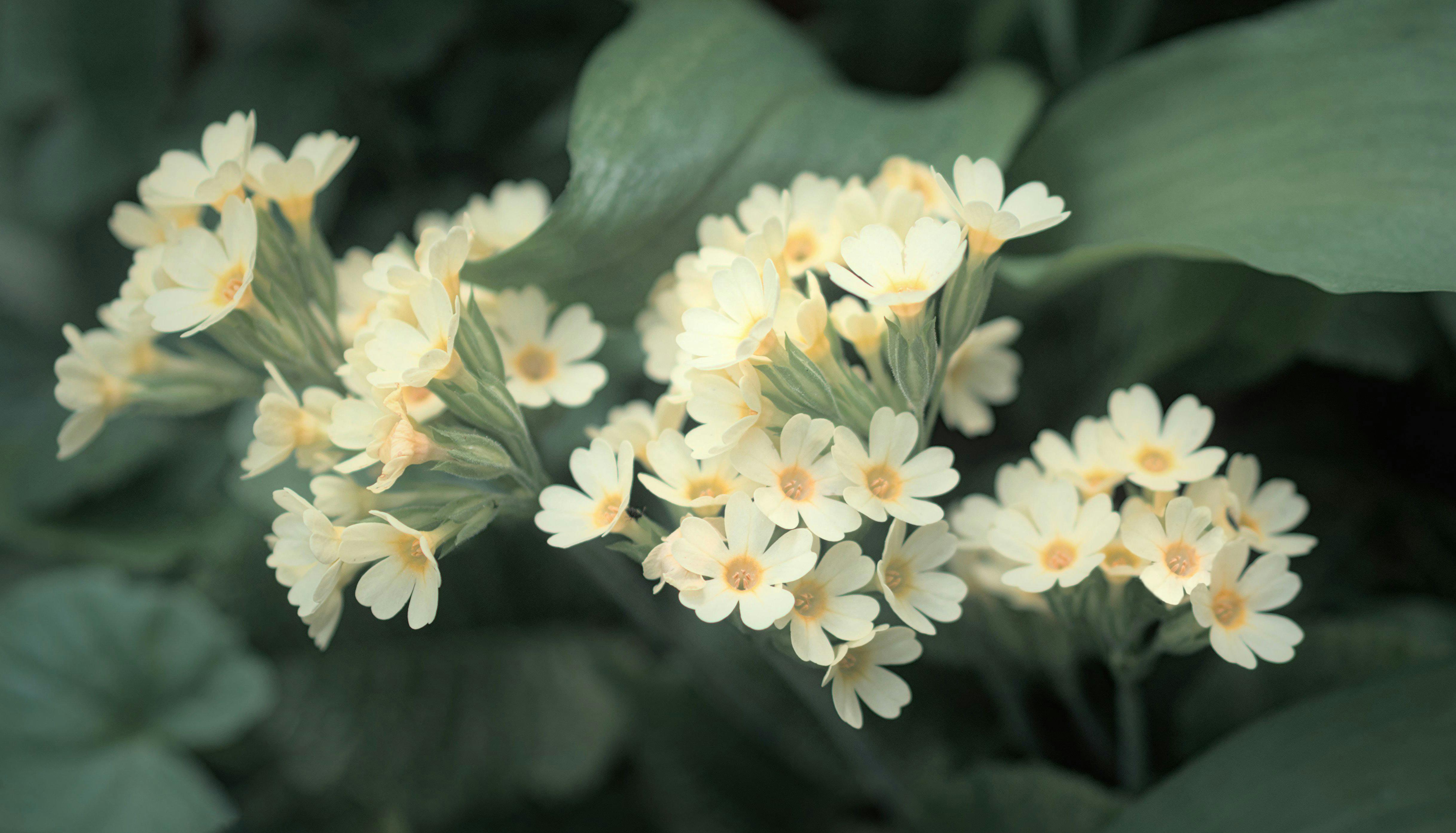Understanding the Role of Mr. Gardener in Landscaping
Who is Mr. Gardener?
Mr. Gardener serves as a quintessential figure in the world of landscaping, blending horticultural knowledge with a passion for outdoor aesthetics. His expertise encompasses a variety of gardening styles, maintenance practices, and plant selections that elevate any outdoor space into a sanctuary of beauty. Gardeners like Mr. Gardener often possess a profound understanding of local climates and ecosystems, allowing them to choose appropriate flora that thrives in specific conditions. This leads to sustainable landscaping, promoting not only personal enjoyment but also environmental wellness.
The Expertise of Mr. Gardener
At the heart of Mr. Gardener’s role is the art and science of gardening itself. His deep knowledge of botany enables him to make informed decisions about plant care, pest management, and soil health, consistently ensuring a thriving garden. For instance, Mr. Gardener applies organic gardening techniques, limiting the use of synthetic pesticides and fertilizers. This not only nurtures plants but also mitigates harmful impacts on local wildlife. Additionally, his experience allows him to design landscapes that are visually appealing year-round, taking into account seasonal color patterns and plant flowering times.
Practical Tips from Mr. Gardener
If you aspire to cultivate an impressive garden like Mr. Gardener, consider these practical tips. Firstly, always conduct a soil test to understand its pH and nutrient content; this informs your choices for fertilizers and amendments. Secondly, select native plants that are well-adapted to your climate, as they require less maintenance and are beneficial for local ecology. For example, if you live in a dry climate, consider drought-resistant varieties like succulents or native grasses. Incorporating these selections will not only make gardening easier but also help conserve water resources.
Common Misconceptions about Landscaping
While many admire the artistry of gardening, several misconceptions often discourage budding garden enthusiasts. One major misconception is the belief that landscaping requires vast time and financial investments. However, Mr. Gardener advocates for a phased approach where small changes can lead to significant transformations over time, making it manageable for individuals on a budget.
Landscaping is Only for Professionals
Another frequent belief is that landscaping is solely for those with professional training. Mr. Gardener often emphasizes that with the right resources and determination, anyone can beautify their outdoor spaces. Online platforms provide endless tutorials on gardening techniques, plant care, and landscape design. Engaging with local gardening communities can also offer valuable support and advice, enabling novice gardeners to develop their skills effectively.
Landscape Maintenance is Overwhelming
People often feel that maintaining a landscape is an overwhelming task, which can lead to discouragement. However, Mr. Gardener emphasizes a consistent and scheduled approach to garden care. This includes regular assessments and a ‘to-do’ list of necessary tasks such as weeding, pruning, and monitoring plant health. By setting aside just a few hours each week, homeowners can maintain a vibrant garden without feeling burdened.
How to Identify the Right Plants
Choosing the right plants is paramount in achieving a flourishing landscape. Mr. Gardener expertly navigates this process by considering multiple factors such as climate, soil type, and the intended use of the garden space. This method lays the foundation for sustainable landscaping while emphasizing aesthetic appeal.
Understanding Climate Zones
First and foremost, understanding your local climate zone is crucial. Each zone possesses distinct temperature ranges and seasonal patterns, which directly influence plant survival and growth. Mr. Gardener typically recommends consulting the USDA Plant Hardiness Zone Map to identify suitable plants for your region. By selecting plants that thrive in your specific climate, you reduce maintenance and increase the chances of longevity for your garden.
Soil Health and Its Importance
Soil health is another critical aspect of plant selection. Mr. Gardener recommends conducting soil tests to evaluate its composition and nutrient levels. Healthy soil supports robust plant growth, making it essential to amend it with the right materials such as compost or organic fertilizer. A well-balanced soil improves moisture retention and nutrient availability, promoting a healthy environment for plants to develop.
Designing for the Purpose
When selecting plants, it is also important to consider the purpose of the garden area. Mr. Gardener often suggests thinking about how the space will be utilized. For instance, if creating a relaxing area, choose fragrant or flowering plants that attract beneficial insects. In contrast, a vegetable garden demands a different approach, focusing on sun exposure and spacing for optimal growth. Thoughtful design decisions will lead to a more enjoyable and functional outdoor space.
Innovative Garden Designs by Mr. Gardener
Mr. Gardener is not only knowledgeable but also communicative about innovative garden design trends. His work often showcases sustainability mixed with creative expression, allowing gardeners to personalize their spaces while maintaining ecological sensitivities. Modern garden design reflects this trend, focusing on environmentally friendly practices while achieving stunning visual results.
Incorporating Native Plants
Utilizing native plants is one of the foremost practices that Mr. Gardener advocates. Not only do native plants require less water and care, but they are also more resistant to local pests and diseases. For example, in a temperate area, incorporating wildflowers or native ferns adds texture and color while supporting local wildlife, such as bees and butterflies, which are crucial for pollination. By embracing native flora, gardeners can create a harmonious balance within the ecosystem.
Vertical Gardening Solutions
Vertical gardening is another innovative solution for those with limited space. Mr. Gardener emphasizes using walls, fences, or trellises to grow plants upward, maximizing area usage while adding visual interest. This approach serves both decorative and practical purposes, especially for growing vegetables such as tomatoes or climbing beans. Not only does it enhance garden aesthetics, but it also makes harvesting and caring for plants more accessible.
Creating Wildlife Habitats
Designing landscapes that support biodiversity is a passion for Mr. Gardener. Creating habitats for local wildlife through the use of specific plants encourages a healthy ecosystem. For instance, incorporating berry-producing shrubs and wildflowers will attract beneficial insects and birds, which serve their ecological purpose while enriching the beauty of your garden. Such habitats can be simple yet impactful, underscoring the harmony that gardening can achieve.

Key Takeaways
- Mr. Gardener combines knowledge and creativity to design sustainable landscapes.
- Learners should focus on understanding their local climate and soil health.
- Incorporating native plants and innovative designs cater to both aesthetics and sustainability.
- Basic maintenance practices enhance garden beauty without overwhelming the gardener.
- Building habitats for local wildlife encourages biodiversity and enhances the garden value.
FAQ
1. What can beginners learn from Mr. Gardener’s practices?
Beginners can learn the importance of choosing native plants and understanding soil health. Mr. Gardener emphasizes starting small, conducting soil tests, and layering planting to create aesthetically pleasing landscapes over time. Establishing proper gardening habits early helps ensure long-term garden sustainability and enjoyment.
2. How does Mr. Gardener approach garden maintenance?
Mr. Gardener approaches garden maintenance through routine checks and a ‘to-do’ list, effectively managing weeding and watering. By setting a manageable schedule, he minimizes overwhelming tasks and ensures a healthy garden environment throughout the seasons.
3. Why focus on eco-friendly practices in gardening?
Emphasizing eco-friendly practices helps promote biodiversity, reduces the environmental impact of gardening, and results in healthier plant environments. Mr. Gardener advocates for organic methods and native selections to cultivate gardens that thrive while supporting ecosystems.
4. How can I create a habitat for wildlife in my garden?
To create a habitat for wildlife, include native plants that provide food and shelter. Adding features like birdbaths or bee hotels encourages the presence of beneficial wildlife in your garden. Mr. Gardener highlights the importance of designing landscapes with local ecology in mind to foster healthy natural habitats.
5. What are the benefits of vertical gardening?
Vertical gardening maximizes available space and makes plant maintenance easier. It adds visual interest, especially in limited areas, and enhances air circulation for plants, reducing diseases. Moreover, it can effectively incorporate vegetables in any garden setting, aligning with sustainable practices endorsed by Mr. Gardener.

